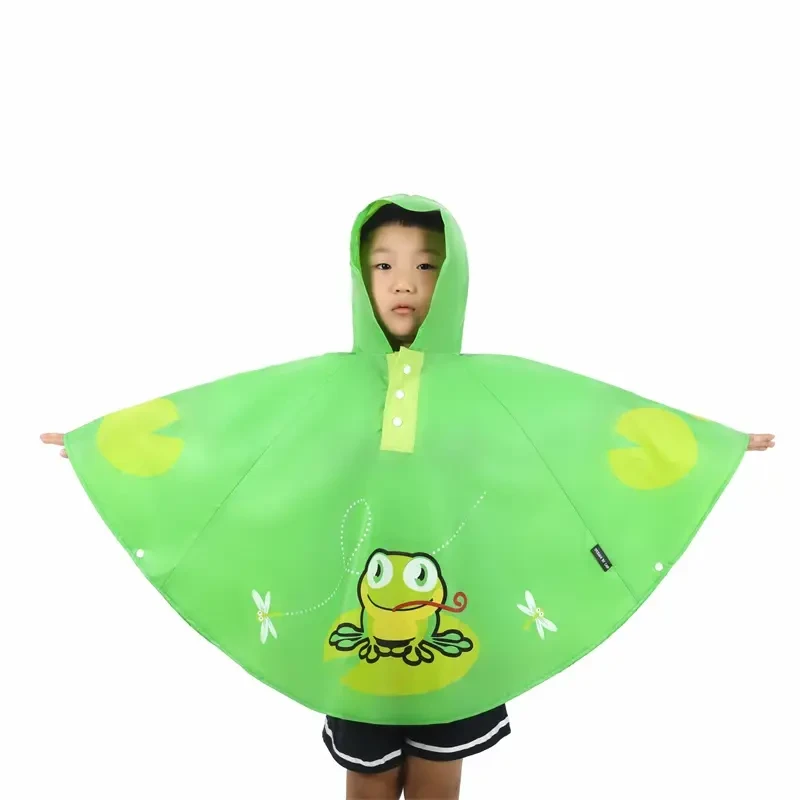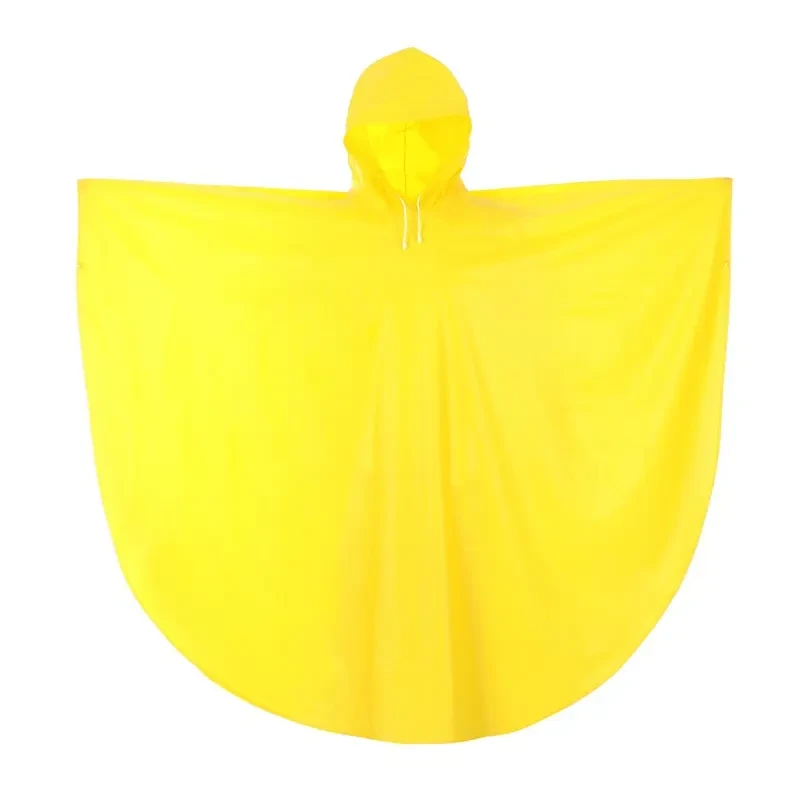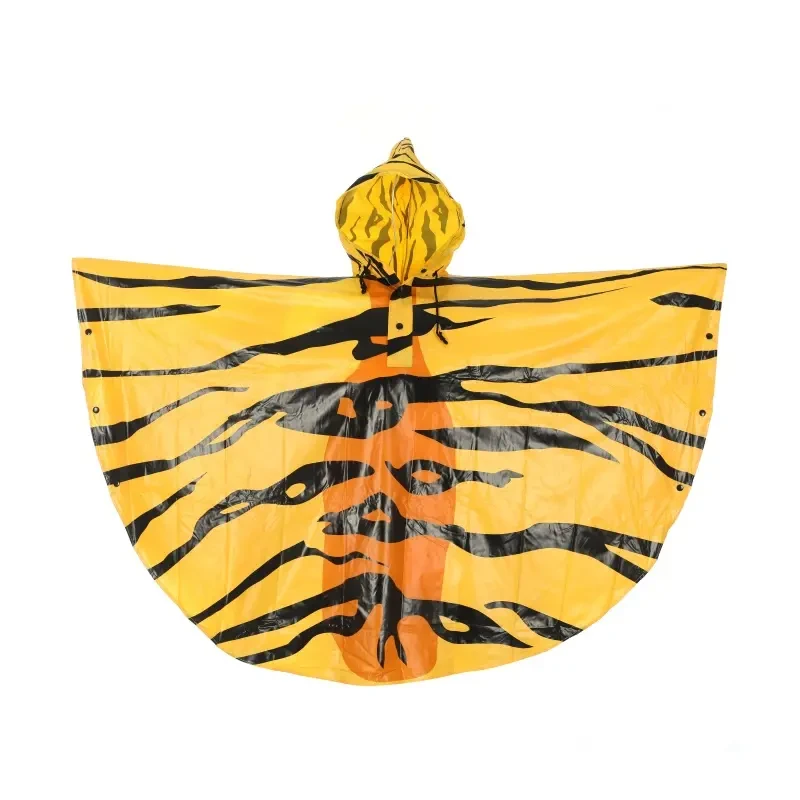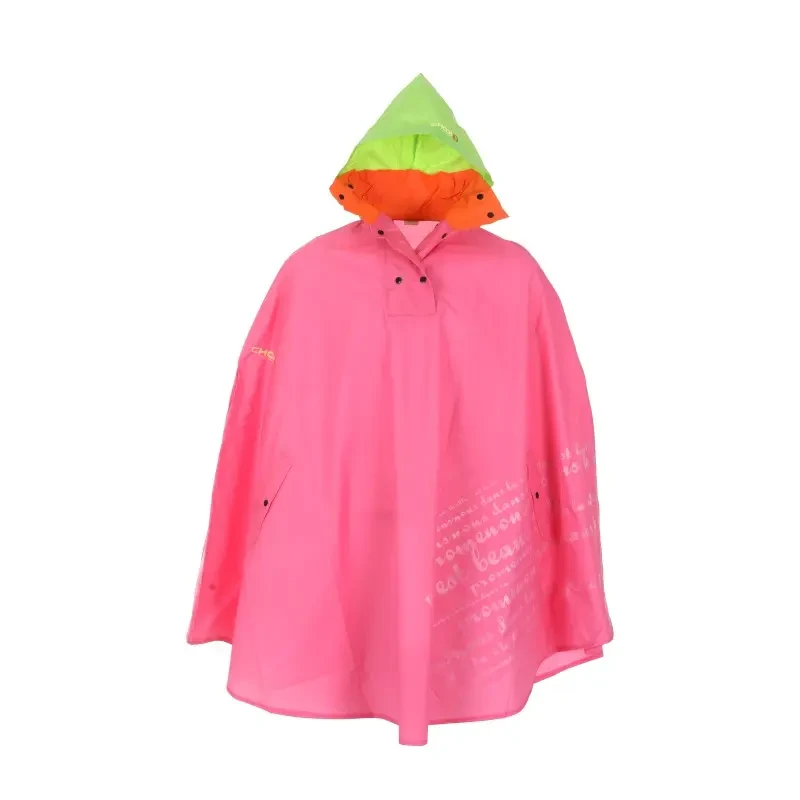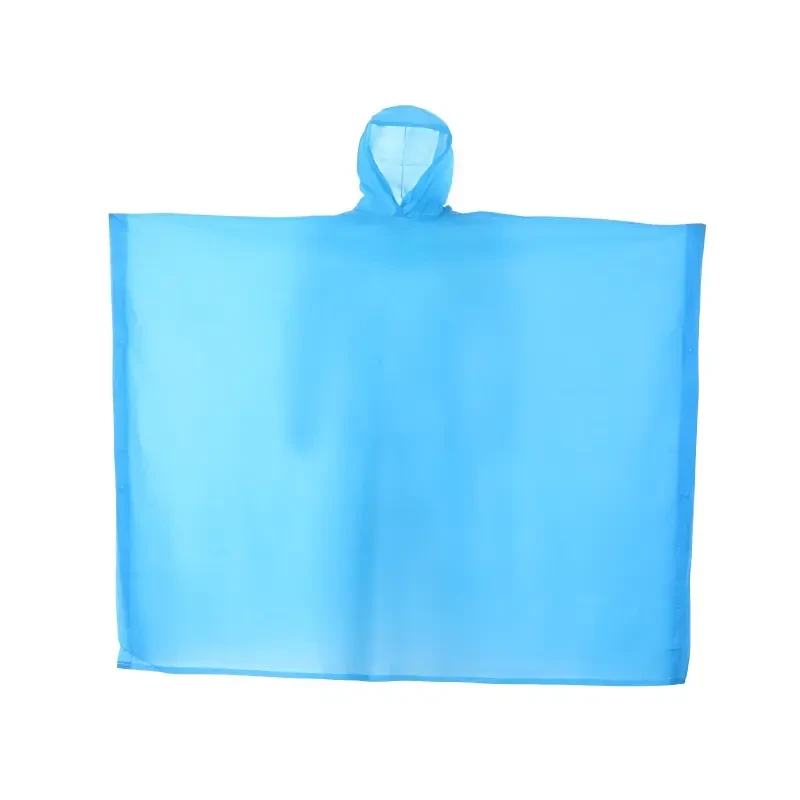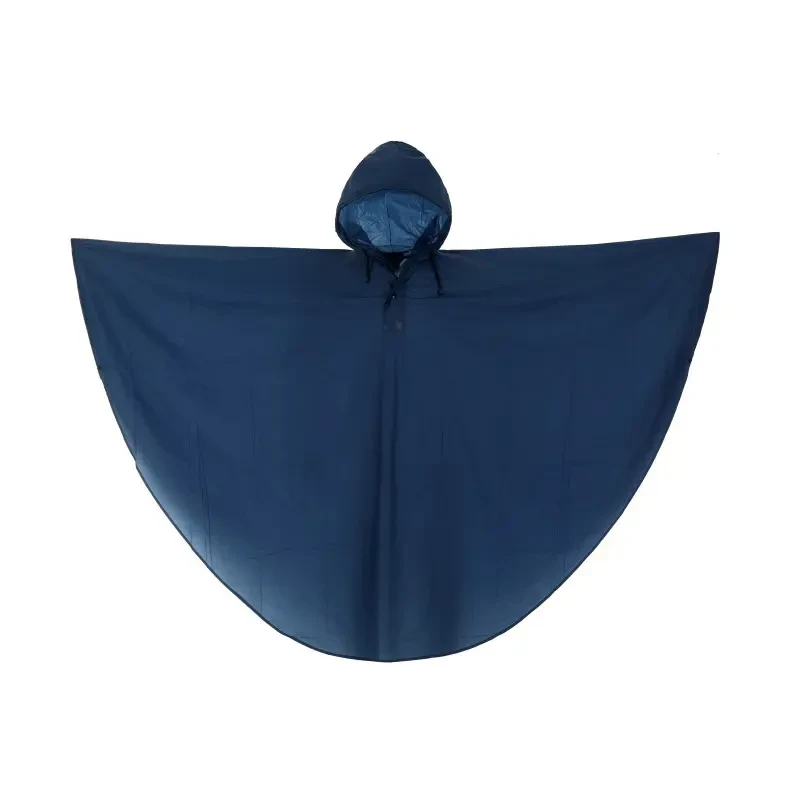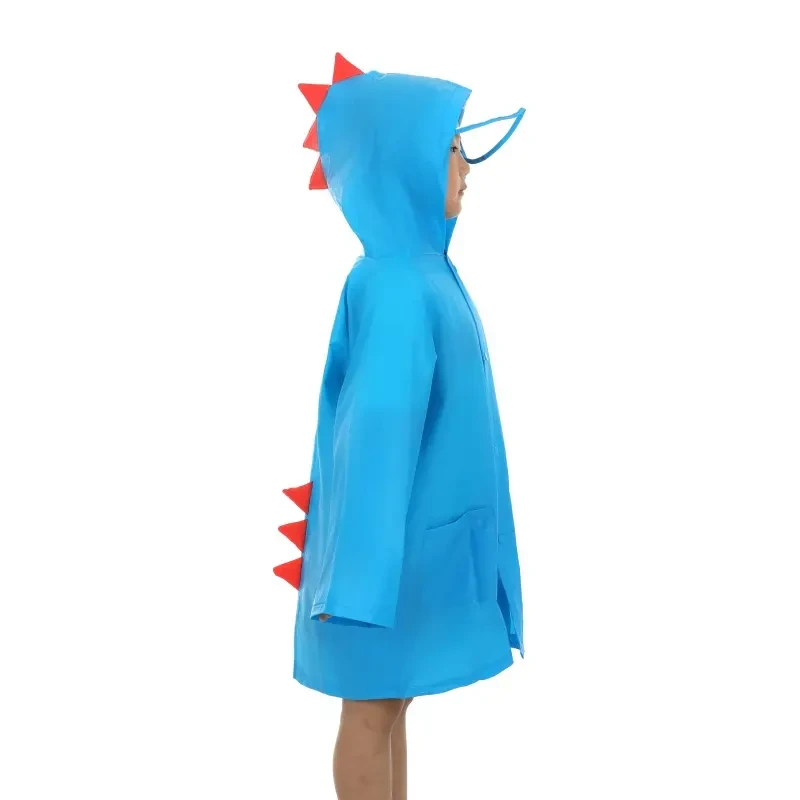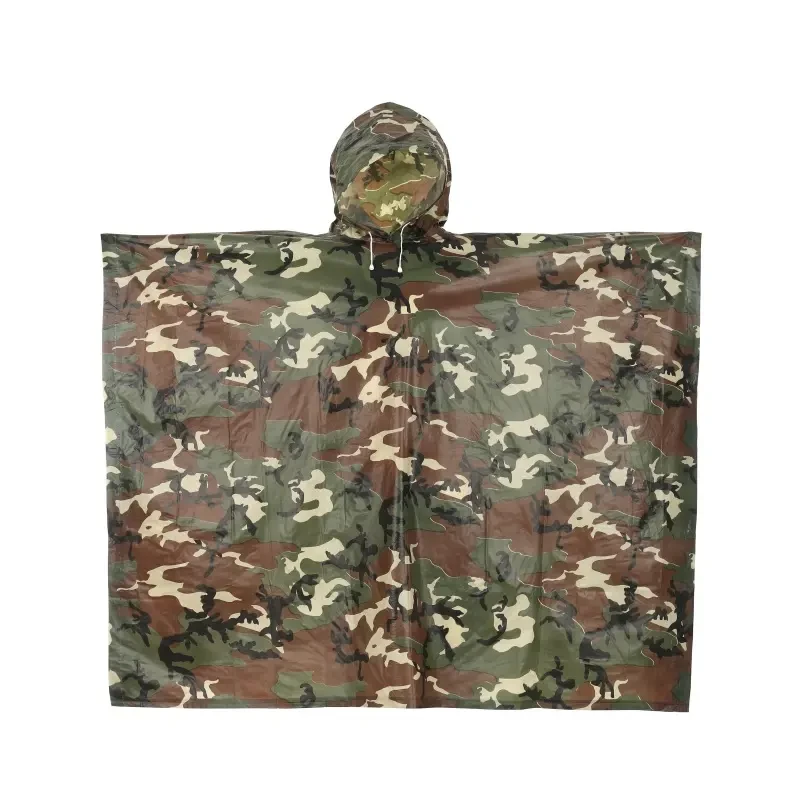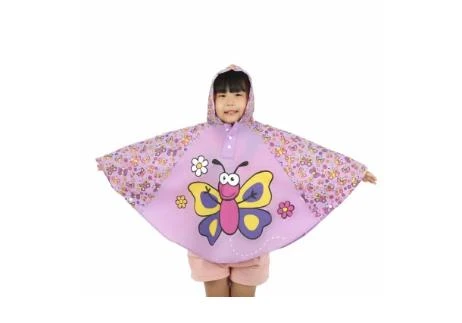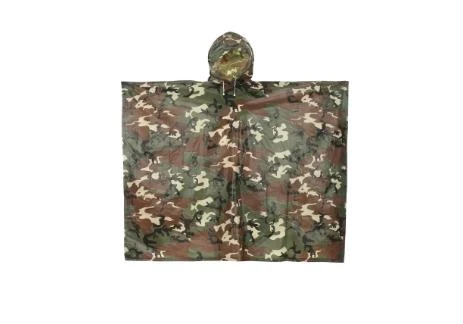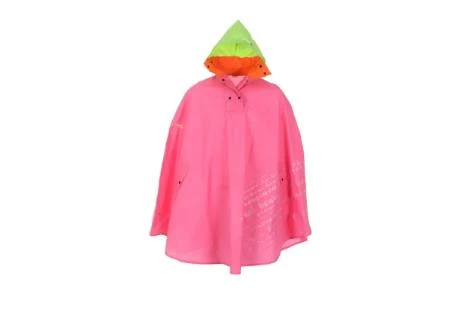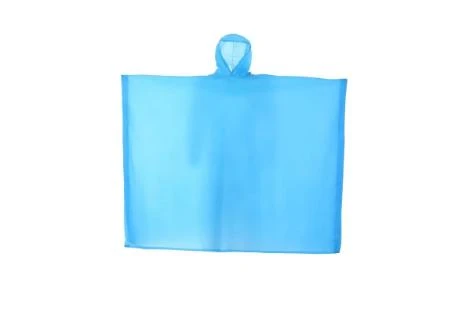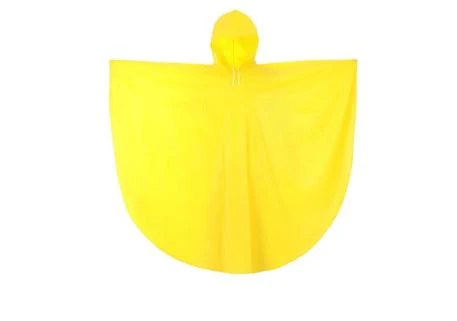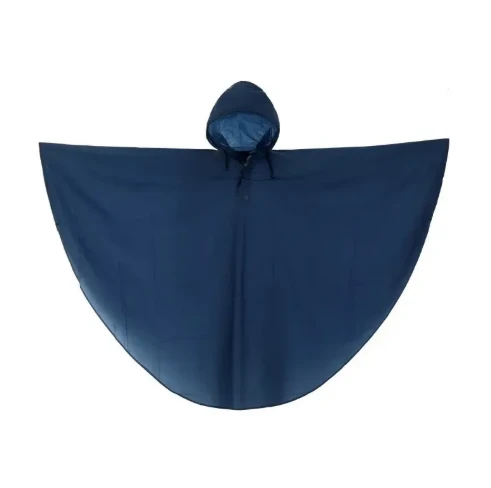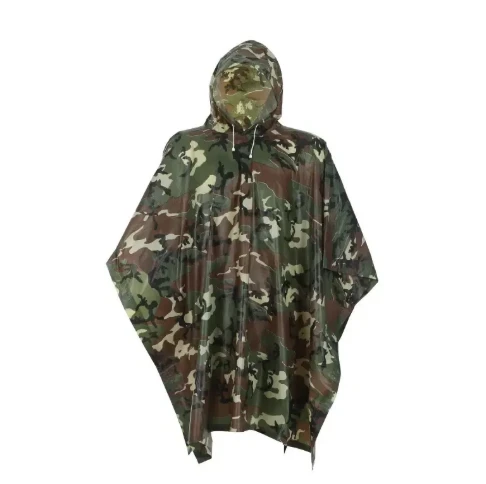Aug . 16, 2025 09:00
The Evolution and Strategic Importance of Advanced Camouflage Rainwear
In diverse operational environments, from military deployments and tactical operations to outdoor expeditions and industrial field work, the demand for reliable personal protective equipment that offers both concealment and weather resistance is paramount. The modern camouflage poncho raincoat represents a critical evolution in protective outerwear, moving beyond simple waterproofing to integrate advanced material science, ergonomic design, and specialized camouflage patterns. This fusion ensures optimal performance in scenarios where remaining unseen while staying dry is not just a comfort, but a strategic imperative. Traditional rain gear often compromised on stealth or durability, leaving users vulnerable to both the elements and detection. However, contemporary innovations in fabric technology, such as multi-layered laminates with high hydrostatic head ratings and durable water repellent (DWR) finishes, have transformed these garments into indispensable assets. They are meticulously designed to provide superior protection against rain, wind, and harsh environmental conditions, while their carefully engineered patterns disrupt visual recognition across various terrains and light conditions. This makes them ideal for professionals in military, law enforcement, emergency services, and various outdoor industries, where mission success or personal safety heavily relies on covertness and sustained operational capability in challenging weather. The market for these specialized raincoats is experiencing significant growth, driven by an increasing emphasis on soldier modernization programs, the expansion of outdoor adventure tourism, and the heightened need for resilient personal protective equipment in sectors facing unpredictable weather patterns and remote working conditions.
Precision Manufacturing: The Core of a Superior Camouflage Poncho Raincoat
The production of a high-performance camouflage poncho raincoat or camouflage raincoat involves a sophisticated series of manufacturing processes, far more intricate than conventional garment production. It begins with meticulous material selection, typically involving durable ripstop nylon or polyester fabrics, often enhanced with polyurethane (PU) or PTFE (e.g., Gore-Tex equivalent) coatings and advanced DWR treatments. These materials are chosen for their optimal balance of waterproofness, breathability, tear resistance, and low noise signature, crucial for stealth operations. The manufacturing sequence commences with precision computer-aided design (CAD) and automated cutting of fabric panels, ensuring exact dimensions and minimizing waste. This is followed by critical seam sealing using specialized tapes and heat-sealing machines, a process vital for preventing water ingress through stitched areas – a common failure point in lesser quality rain gear. Ultrasonic welding may also be employed for specific designs to create seamless bonds, enhancing durability and waterproof integrity. Quality control is embedded at every stage, from raw material inspection against ISO 9001 standards to in-process checks for seam strength and coating uniformity. Final products undergo rigorous hydrostatic head testing (e.g., EN 343 standard) to measure waterproofness, spray tests for DWR effectiveness, and accelerated aging tests to predict lifespan under varied conditions. A well-manufactured camo rain coat or camo raincoat with hood boasts an extended service life, often exceeding 5-7 years with proper care, making it a cost-effective solution for professional use. Applicable industries include military and defense, special forces, tactical law enforcement, search and rescue, forestry, geological surveying, and professional hunting, where the garment’s robust construction ensures reliable protection and minimal detection, supporting mission-critical activities in challenging outdoor environments.
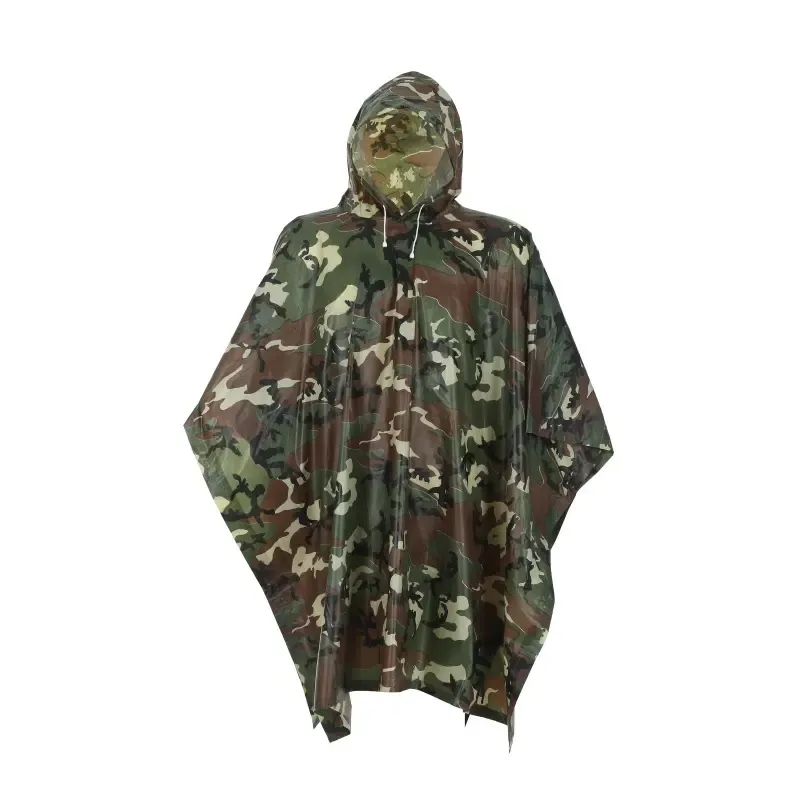
Technical Specifications and Performance Metrics for Camouflage Rainwear
When evaluating a camouflage poncho raincoat or a robust long camo raincoat, understanding its technical specifications is crucial for discerning professionals. Key performance indicators provide a quantitative measure of the garment’s capability to withstand environmental stressors and support operational efficacy. These include hydrostatic head ratings, which quantify a material's resistance to water penetration under pressure (e.g., 10,000mm+ is considered highly waterproof for extended use), and breathability ratings (MVTR – Moisture Vapor Transmission Rate), which indicate how well the fabric allows perspiration to escape, preventing internal condensation and discomfort. The typical weight of a military-grade camo rain coat ranges from 0.5 kg to 1.5 kg, balancing durability with packability. Material composition often varies, but common choices include 190T polyester with PVC coating for economy and strength, or advanced 75D ripstop nylon with a PU membrane for superior lightweight performance and durability. Fasteners such as waterproof zippers (YKK Aquaguard type), hook-and-loop closures, and robust snap buttons are selected for their reliability in adverse conditions. Furthermore, the design incorporates specific features like adjustable hoods compatible with helmets, reinforced elbows and knees for wear resistance, and multiple functional pockets with storm flaps for secure storage. These detailed parameters ensure that the product, such as the Camo Rain Coat, not only meets but often exceeds the rigorous demands of professional use, providing essential protection and operational advantage in the field.
Typical Camouflage Poncho Raincoat Specifications
| Parameter | Typical Range / Value | Significance for Performance |
|---|---|---|
| Material Composition | 190T Polyester PVC, 210T Nylon PU, 75D Ripstop Nylon with PU/PTFE membrane | Determines durability, weight, and initial waterproofing. Ripstop prevents tears from spreading. |
| Hydrostatic Head (Waterproof Rating) | 5,000mm - 20,000mm+ | Measures water resistance under pressure. Higher values indicate greater waterproofness for prolonged exposure. |
| Breathability (MVTR) | 5,000 - 20,000 g/m²/24hrs | Indicates how well water vapor escapes, preventing clamminess inside. Crucial for comfort during physical activity. |
| Weight | 0.5 kg - 1.5 kg (depending on size/features) | Impacts portability and user fatigue, especially during long missions or treks. |
| Seam Sealing Method | Heat-sealed, Taped, Ultrasonic Welded | Ensures waterproof integrity at stitching points, preventing water penetration. |
| Camouflage Pattern | MultiCam, Woodland, Digital, Urban, Desert, etc. | Optimized for specific environments to break up human silhouette and blend with surroundings. |
| Durability Standards | ISO 9001:2015, EN 343 (Protective Clothing against Rain), ASTM F1868 | Certifications ensuring quality management, rain protection, and general material integrity. |
Diverse Applications and Strategic Advantages of Camouflage Rainwear
The versatility of the camouflage poncho raincoat extends across a multitude of high-stakes environments, making it an indispensable piece of kit for professionals. In military and defense operations, a camouflage poncho is critical for maintaining stealth during reconnaissance, patrols, and ambush scenarios, offering both weather protection and visual concealment in varied terrains such as forests, deserts, and urban settings. For law enforcement and special tactical units, a camo raincoat with hood provides vital protection during extended outdoor assignments, surveillance, and emergency response, ensuring officers remain dry and undetected. Outdoor enthusiasts and professional guides in hunting, mountaineering, and wildlife photography sectors benefit from the lightweight and packable nature of a high-quality camo rain coat, which allows them to traverse challenging landscapes while remaining protected from sudden downpours without compromising their ability to blend into the natural environment. Beyond concealment and weatherproofing, the key technical advantages of these garments include their exceptional durability, often incorporating ripstop weaves that prevent small tears from propagating, ensuring a longer product lifespan even under harsh conditions. The advanced DWR coatings cause water to bead up and roll off, maintaining fabric breathability and preventing the garment from becoming saturated and heavy. Furthermore, many designs feature strategic ventilation options, like pit zips, that allow for adaptable thermal regulation, preventing overheating during strenuous activity while still providing full protection. The compact size when packed, often into an integrated pouch or its own pocket, makes deployment swift and efficient, reducing bulk in critical gear loads. These combined attributes underscore the tactical and practical superiority of modern camouflage poncho raincoat systems compared to generic rain gear.

Custom Solutions, Manufacturer Selection, and Proven Experience
Selecting the right manufacturer for a specialized camouflage poncho raincoat requires a thorough assessment of their capabilities, adherence to quality standards, and flexibility in providing bespoke solutions. Leading manufacturers distinguish themselves through robust research and development, incorporating the latest fabric innovations and ergonomic designs. Key considerations when comparing vendors include their ISO 9001 certifications, indicating a commitment to quality management systems, and compliance with international standards such as EN 343 for protective clothing against rain. Experienced manufacturers will also demonstrate a strong portfolio of custom solutions, ranging from specific camouflage pattern development to integrating specialized features like integrated gloves, modular attachment systems, or enhanced communication ports. For instance, a client might require a long camo raincoat with integrated ghillie suit elements for enhanced concealment in a specific type of vegetation, or a camouflage raincoat designed for quick donning over combat gear. A reputable supplier will offer comprehensive consultation, prototyping services, and scaled production capabilities to meet bulk orders while maintaining stringent quality control. Our company, with significant years of experience in technical textile manufacturing, has a proven track record of delivering high-performance Camo Rain Coats to governmental agencies, private security firms, and large outdoor retailers globally. Our commitment to excellence is reflected in our robust product testing protocols, partnerships with leading material suppliers, and an unwavering focus on client satisfaction, evidenced by consistent positive feedback on durability, comfort, and performance in real-world scenarios. We pride ourselves on the meticulous attention to detail at every stage, from initial design concepts to final delivery, ensuring that each camouflage poncho raincoat meets the precise requirements of our discerning clientele.
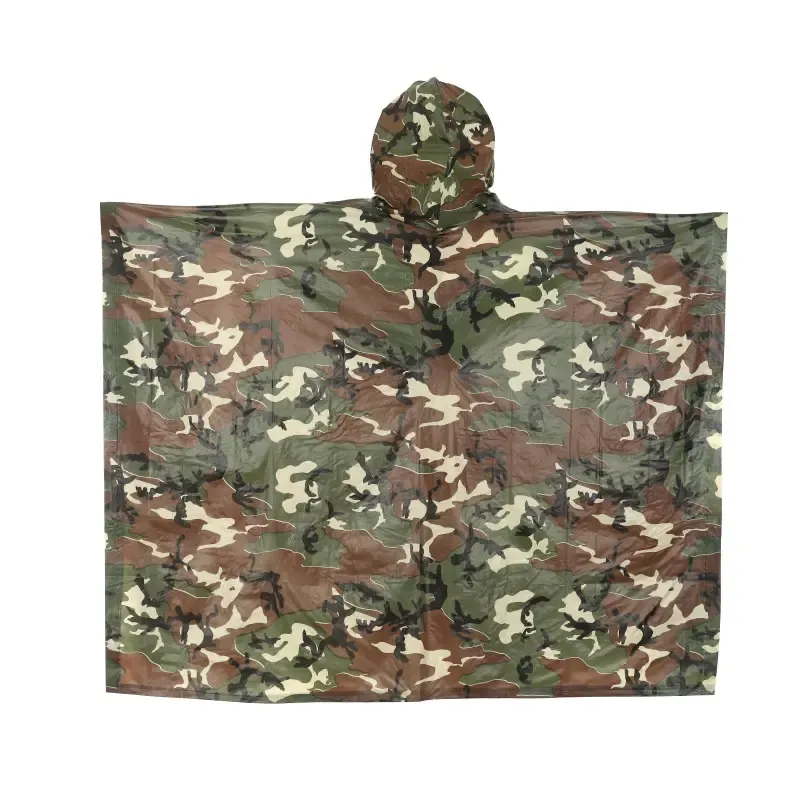
Ensuring Trust: Support, Warranty, and Frequently Asked Questions
Building trust in the B2B sector for specialized products like a camouflage poncho raincoat goes beyond product specifications; it encompasses transparent customer support, robust warranty provisions, and clear communication regarding delivery and service. Our firm stands by the quality and durability of our Camo Rain Coats with a comprehensive 2-year limited warranty against manufacturing defects, underscoring our confidence in the product’s design and construction. This warranty covers material failures and workmanship issues under normal use conditions, ensuring peace of mind for our clients. We understand the critical nature of timely delivery for large-scale procurement and customized orders; thus, our standard delivery cycle ranges from 4 to 8 weeks, depending on order volume and customization complexity, with expedited options available for urgent requirements. Our dedicated customer support team is available during business hours to assist with technical queries, order tracking, and post-sales support, ensuring a seamless experience from inquiry to deployment. Furthermore, we maintain a comprehensive spare parts inventory for common components, such as repair kits for minor tears or replacement drawcords, further extending the operational life of the garments. This holistic approach to customer service ensures that clients receive not just a product, but a complete solution backed by expertise and commitment.
Frequently Asked Questions (FAQs)
- Q: What is the typical lifespan of a camouflage poncho raincoat?
A: With proper care and maintenance, a high-quality camouflage poncho raincoat can last 5-7 years, often longer in less rigorous use. Factors like material quality, seam sealing, and user handling significantly influence its longevity. - Q: Can the camouflage pattern be customized for specific terrains?
A: Yes, as a professional manufacturer, we offer extensive customization options, including various camouflage patterns (e.g., Woodland, MultiCam, Urban, Digital) and the ability to develop proprietary patterns to match specific operational environments or client requirements. Minimum order quantities apply for custom patterns. - Q: How do you ensure the waterproofness and breathability standards are met?
A: Our manufacturing process incorporates rigorous testing, including hydrostatic head tests (e.g., ISO 811, AATCC 127) and MVTR tests (e.g., ASTM E96) for every batch of fabric. Additionally, finished garments undergo spray tests and visual inspections for seam integrity to guarantee performance. - Q: What is the lead time for large-scale orders of camouflage raincoat units?
A: Standard lead times for large-scale orders typically range from 4 to 8 weeks, depending on the volume, complexity of customization, and current production schedule. We recommend contacting our sales team directly for precise lead time estimates based on your specific order. - Q: Is there a minimum order quantity (MOQ) for custom designs or bulk purchases?
A: Yes, MOQs vary depending on the level of customization and the specific product. For standard models, MOQs are generally lower. For highly customized designs or unique fabric choices for a camo rain coat, a higher MOQ may apply to ensure production efficiency. Please consult with our sales department for detailed MOQ information.
References and Further Reading
- International Organization for Standardization (ISO). ISO 9001:2015 - Quality management systems — Requirements.
- European Committee for Standardization (CEN). EN 343:2019 - Protective clothing against rain.
- American Society for Testing and Materials (ASTM). ASTM F1868-20 Standard Test Method for Thermal and Evaporative Resistance of Clothing Materials Using a Sweating Hot Plate.
- United States Army Natick Soldier Research, Development and Engineering Center (NSRDEC). Research on advanced materials for soldier combat uniforms.
- Textile Industry Affairs. "Innovations in Waterproof and Breathable Fabrics for Outdoor Gear." Academic Journal of Textile Technology, Vol. 45, No. 2, 2022.
 Pervious
Pervious
This is the first article
Related Products
Related News



